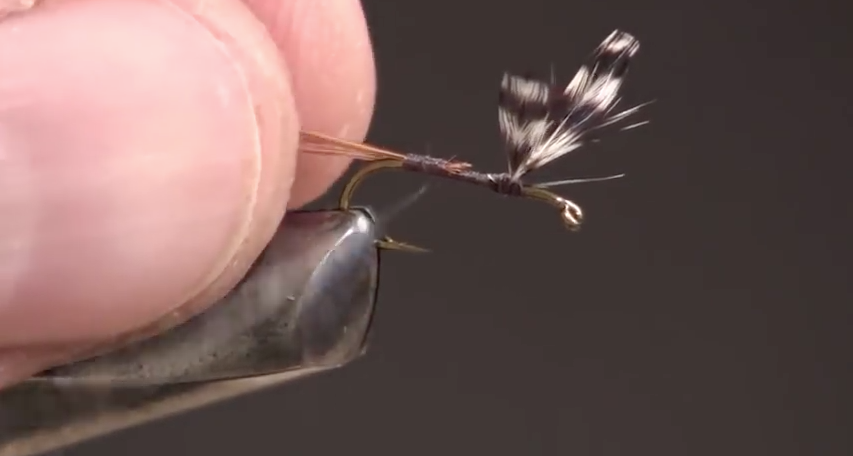It’s almost summer, which means it’s almost time to get out on the small waters here in the West and prospect for wild and native trout. There may be no better “attractor” pattern for trout than the venerable Adams. First tied in 1922 by Leonard Halladay to imitate a basic mayfly, and first fished on Michigan’s Boardman River by attorney Charles F. Adams, this might be the most widely used fly in the craft.
As much as I love this fly, I struggle tying it at the vise—the stiff hackle fibers always tend to confound my too-fat fingers, and I generally get something that looks like it might be a distant cousin to the Adams, but the not the actual Adams itself. That said, it’s a fish-catcher, even if it’s clumsily tied by guys like me.
Above, Tim Flagler patiently walks through the steps to tying an Adams—you’ll see that it’s not overly complicated. And, for guys like Tim, who spend countless hours behind the vise, I’m sure they’d tell you that it simply takes practice. But, honestly, I’ve practiced enough. My Adams efforts generally look like windshield roadkill compared the stunning product you’ll see at the end of Tim’s video.
No matter. Small-stream backcountry trout dig them, and so do I. I’ll be spending most of the next few nights at the vise trying to conjure up something that looks half as good as the fly above.
Wish me luck.
— Chris Hunt



